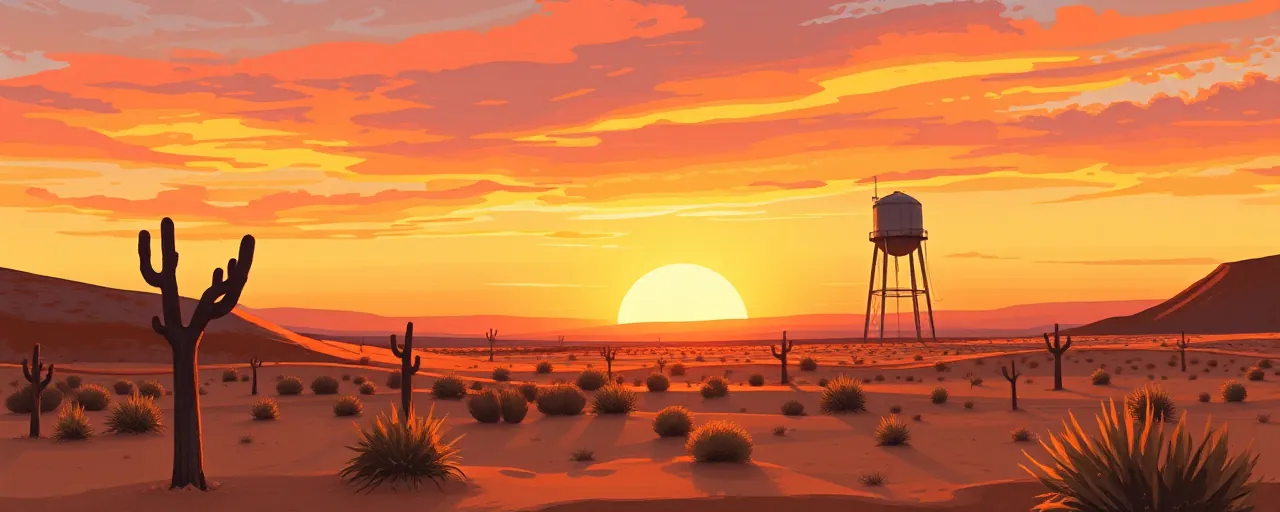A Long-Awaited Fix Hits Needles
For years, the small desert city of Needles, tucked along California’s eastern edge, wrestled with a crumbling water system. Pipes burst, contamination lingered, and a lightning strike in 2020 knocked out what was left of an 80-year-old setup. Residents, all 5,000 of them, faced an unreliable trickle where clean water should have flowed. Then came a lifeline: a $14 million state grant that delivered a brand-new water system, announced on April 8, 2025, by Governor Gavin Newsom.
The project’s completion marks a turning point for Needles, a place where the median household scrapes by on $40,000 a year. Raising water rates to fix the old system was never an option for locals or city leaders. Instead, California’s Safe and Affordable Funding for Equity and Resilience program, known as SAFER, stepped in, covering every dime of planning and construction. It’s a rare win for a rural community often left behind in the scramble for resources.
California’s Bigger Water Picture
Needles isn’t alone in its struggle. Across California, aging pipes and contamination have plagued small towns and disadvantaged areas for decades. Since 2019, state efforts have slashed the number of people without safe drinking water from 1.6 million to around 700,000, a steep drop driven by programs like SAFER. Backed by a mix of state funds and voter-approved measures like Propositions 1, 68, and 84, the initiative targets communities hit hardest by neglect and poverty.
The Needles project fits into a broader push to rebuild infrastructure while creating jobs. State officials tout it as a model of what’s possible when funding aligns with local needs. Patrick Martinez, the city manager, called it a “generational investment,” one that not only delivers clean water but also promises economic stability for a community long on the edge.
The Nuts and Bolts of Progress
Behind the scenes, SAFER’s success hinges on more than just money. The State Water Resources Control Board pairs funding with technical know-how, helping towns like Needles navigate complex upgrades. Nationwide, over 90% of water systems serve fewer than 10,000 people, and many lack the staff or expertise to meet federal standards. High-profile disasters in Flint, Michigan, and Jackson, Mississippi, underline what’s at stake when small systems falter.
Yet the fix isn’t simple. Rural areas often can’t tap into grants due to tangled application processes or a lack of trained workers. Advocates for equitable water access argue that while SAFER has made strides, hundreds of thousands of Californians still rely on subpar systems. Some point to public-private partnerships as a way to speed things up, blending state oversight with private cash and innovation, though others worry about costs creeping back onto ratepayers.
What’s Next for Water Equity
The Needles story reflects a national challenge. Federal programs, like the Drinking Water State Revolving Fund boosted by recent legislation, pour billions into state hands for projects just like this. Supporters say these investments cut health risks from contaminants like lead or arsenic while sparking local economies through construction jobs. In California alone, SAFER has brought over 900,000 people safe water since 2019, often in places where distrust in taps ran deep.
Still, gaps linger. Climate change dries up sources, and new pollutants keep testing old fixes. Some rural leaders call for simpler grant access; others push for long-term plans over quick patches. Needles may now boast clean water for 98% of its residents, but across the state, the remaining 2% wait for their turn, watching to see if promises hold.
